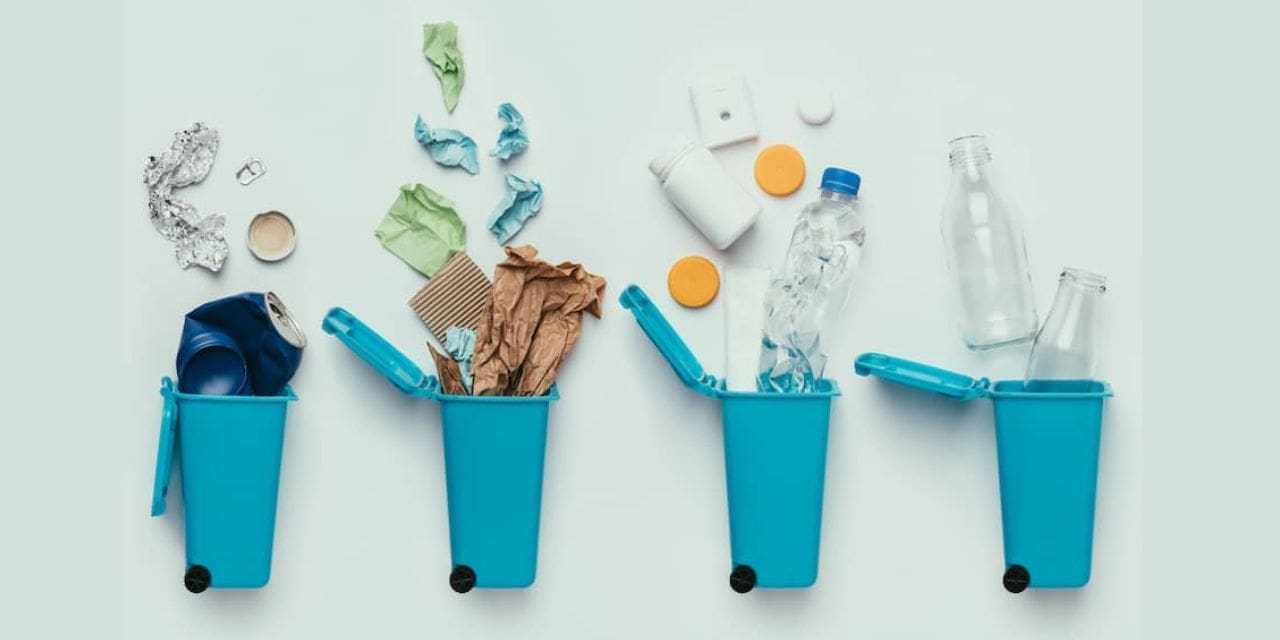The report “Post-consumer Recycled Plastics Market by Polymer Type, Service, Processing Type (Mechanical, Chemical, Biological), End-use Application (Packaging, Building & Construction, Automotive, Furniture, Electronics), and Region – Global Forecast To 2025″, The global post-consumer recycled plastics market size is projected to grow from USD 14.2 billion in 2020 to USD 18.8 billion by 2025, at a CAGR of 5.7% from 2020 to 2025. The increasing urban population, rapid industrialization, growing concern toward the environmental impact of the improper disposal of plastic waste, along with laws & regulations regarding the disposal and treatment of plastic waste, have propelled the growth of the global plastic waste management industry. The increase in the GDP of a country will enable it to work with more advanced and effective waste management solutions, which will, in turn, increase the demand for waste management services, equipment, and technologies.
Browse
• 153 Market data Tables
• 42 Figures
• 197 Pages and in-depth TOC on “Post-consumer Recycled Plastics Market – Global Forecast to 2025”
Some of the prominent key players are:
- Veolia Environnement S.A. (France)
- SUEZ (France)
- Waste Management Inc. (US)
- Republic Services Inc. (US)
- Stericycle Inc. (US)
Opportunity: Rising demand for plastic waste management from emerging economies
The demand for plastic waste in developed economies, such as North America and Europe, has become saturated. The collection, transportation, and disposal of waste in developing countries are not organized. Waste is often dumped in the outskirts of towns and cities, which leads to overflowing landfills. While the North American and European markets have reached saturation for growth, markets such as Brazil, India, Argentina, South Africa, Nigeria, and Middle Eastern countries are growing. These countries provide profitable growth opportunities for the plastic waste management industry, which is projected to drive the post-consumer recycled plastic market.
In terms of value, recycling is estimated to lead the post-consumer recycled plastics market in 2019.
Recycling, by service, accounted for the largest market share in the post-consume recycled plastics market. The recycling process of consumer plastic waste involves sorting, cleaning & drying, shredding & agglomeration, pelletizing, and finally, manufacturing recycled products. In the case of developing countries such as India, much of the waste collected from residential areas is not sorted before it is collected, which makes the recycling of consumer plastic wastes difficult. However, in developed countries, consumer plastic waste is sorted and deposited in containers; sorting also takes place after the waste is collected. In this stage, recovered plastic waste is segregated into different grades either by SPI code or by the type of plastic, additives, and fillers used. The segregation is done as different types of plastics require different treatment, while recycling them to make different types of products.
The APAC region is projected to account for the largest share in the post-consumer recycled plastics market during the forecast period.
The APAC region is projected to lead the post-consumer recycled plastics market, in terms of both value and volume from 2020 to 2025. The growing population, rising GDP, and increasing disposable income in APAC are leading to the generation of more solid waste, which, in turn, is creating opportunities for plastic recycling in the region. According to the OECD Development Centre’s Medium Term Projection Framework (MPF-2019), GDP in the emerging Asian region is projected to grow by an annual average of 6.1% between 2020 and 2025.

